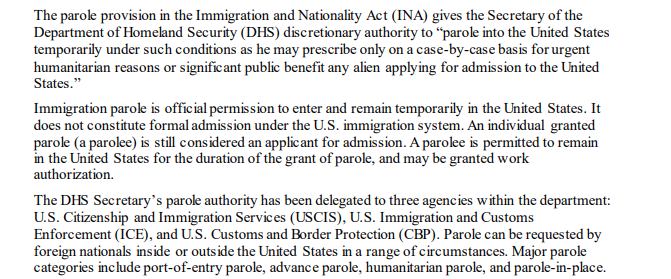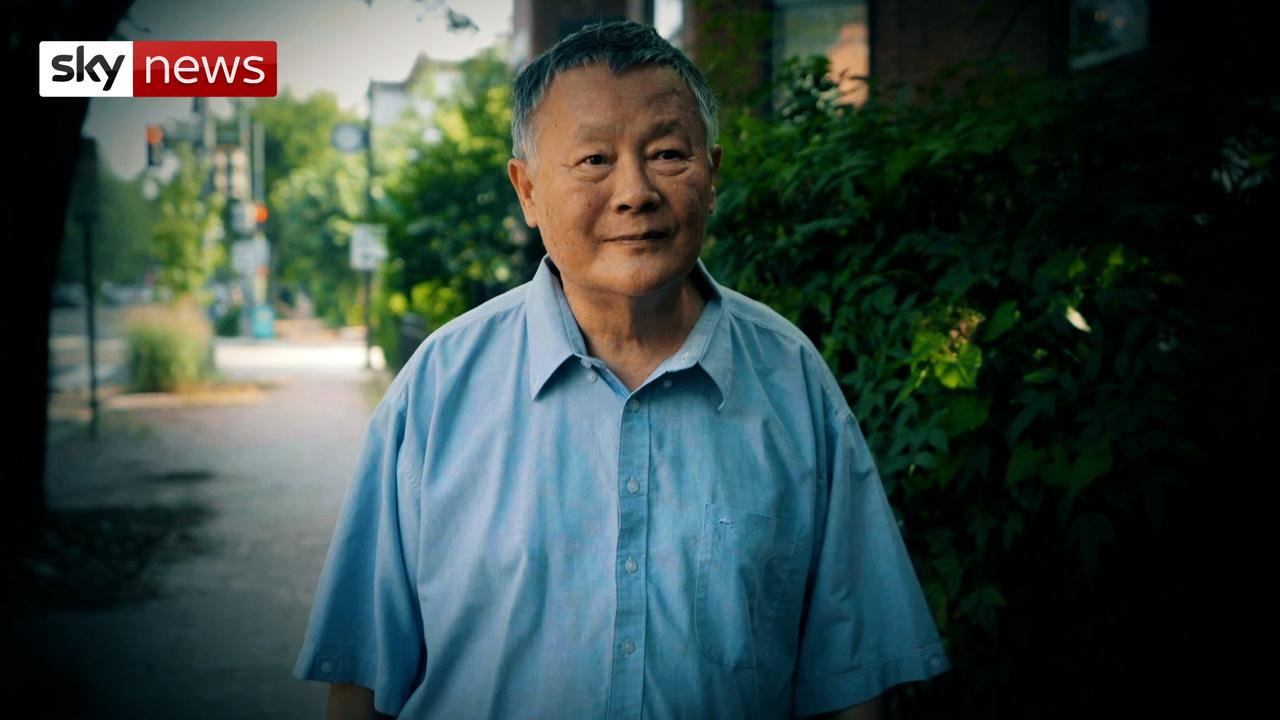What is the Defense Production Act?
The Defense Production Act is the primary source of presidential authorities to expedite and expand the supply of materials and services from the U.S. industrial base needed to promote the national defense. DPA authorities are available to support: emergency preparedness activities conducted pursuant to title VI of the Stafford Act; protection or restoration of critical infrastructure; and efforts to prevent, reduce vulnerability to, minimize damage from, and recover from acts of terrorism within the United States. DPA authorities may be used to:
- Require acceptance and preferential performance of contracts and orders under DPA Title I. (See Federal Priorities and Allocations System (FPAS).)
- Provide financial incentives and assistance (under DPA Title III) for U.S. industry to expand productive capacity and supply needed for national defense purposes;
- Provide antitrust protection (through DPA voluntary agreements in DPA Title VII) for businesses to cooperate in planning and operations for national defense purposes, including homeland security.
But national security? Yes. We remain the midst of the Covid 19 pandemic and those affected could and often are our protectors, not only medically but when it comes to legally or militarily.
While we are fretting over shortages and necessities in our daily lives there are two real areas of major concern, they are medicines and micro-chips (semiconductors) used for advanced technology of many varieties.

Basic medicines in use either by prescription or over the counter are manufactured in Asia, mostly China that is. It is a fact we learned in the early days of the pandemic. Imagine now that we are faced with a shortage of antibiotics, insulin, aspirin or Lasix and Dyazide. Could we once again face personal protection equipment shortages?

When it comes to semiconductors, the following is important to know:
In part from a senate committee: To mitigate supply chain risks and ensure that semiconductors used in sensitive military systems do not have malware embedded in them, in 2004 the Department of Defense established the “Trusted Foundry Program.” Under this program the government identifies companies deemed secure and trustworthy enough to produce chips exclusively for the military. Two facilities currently operate under this program, one in Vermont and one in New York.
The program only produces a small percentage of the nearly 2 billion semiconductors DOD acquires each year. Some observers have expressed concern that the trusted foundries are falling behind technologically compared to commercial fabrication facilities in East Asia. This could leave the U.S. military at a technological disadvantage to China and other countries that buy superior chips.
In 2017, the Defense Advanced Research Projects Agency launched the Electronics Resurgence Initiative, which seeks to address market and technological trends and challenges in the microelectronics sector.
Sounds shaky right? It is as we need results and we need them now. So where is that order by the Biden administration for the Defense Production Act which would jump start real action in all the various reasons for the log jam at ports around the United States? There is no one single reason for the cargo ships being stacked up in Long Beach, Los Angeles, Port Houston, Savannah to name a few.
The United States can relieve the cargo pressures immediately by deploying the National Guard, signing waivers on regulations and by stopping all the financial payments that encourage people to simply not go to work.
The shortages hitting countries around the world
A “perfect storm” in China is hitting shoppers and businesses at home and overseas.
It is affecting everything from paper, food, textiles and toys to iPhone chips, says Dr Michal Meidan from the Oxford Institute for Energy Studies.
She says these items “may end up being in short supply this Christmas”.
Then there is the Department of Transportation and the Secretary has been absent….his involvement in this?
Maritime administration –>
U.S. maritime ports are critical links in the U.S. domestic and international trade supply-chain. Ports serve as centers of commerce where freight and commodities are transferred between cargo ships, barges, trucks, trains, and pipelines.
The Port Infrastructure Development Program supports the efficient movement of commerce upon which our economy relies through discretionary grant funding that helps strengthen, modernize, and improve our country’s maritime systems and gateway ports. Grants are awarded on a competitive basis and support the Nation’s long-term economic vitality.
Port Infrastructure Development grants provide planning, operational and capital financing, and project management assistance to improve port capacity and operations.
Authorization History
The Port Infrastructure and Development Program was authorized by Congress as part of the National Defense Authorization Act for Fiscal Year 2010 (Public Law 111-84). The legislation states that “The Secretary of Transportation, through the Maritime Administrator, shall establish a port infrastructure development program for the improvement of port facilities.”
The law specifically authorizes the Administrator to:
- Receive funds provided for the project from Federal, non-Federal, and private entities that have a specific agreement or contract with the Administrator to further the purposes of this subsection;
- Coordinate with other Federal agencies to expedite the process established under the National Environmental Policy Act of 1969 (42 U.S.C. 4321 et seq.) for the improvement of port facilities to improve the efficiency of the transportation system, to increase port security, or to provide greater access to port facilities;
- Seek to coordinate all reviews or requirements with appropriate local, State, and Federal agencies; and
- Provide such technical assistance and financial assistance, including grants, to port authorities or commissions or their subdivisions and agents as needed for project planning, design, and construction.
The authorizing legislation also established a Port Infrastructure Development Fund for use by the Administrator in carrying out projects under the program. The fund is available for the Administrator to:
- Administer and carry out projects under the program;
- Receive Federal, non-Federal, and private funds from entities which have specific agreements or contracts with the Administrator; and
- Make refunds for projects that will not be completed.
There are also additional legislative provisions for the crediting and transfer of monies into the fund.





 Getty Images
Getty Images
